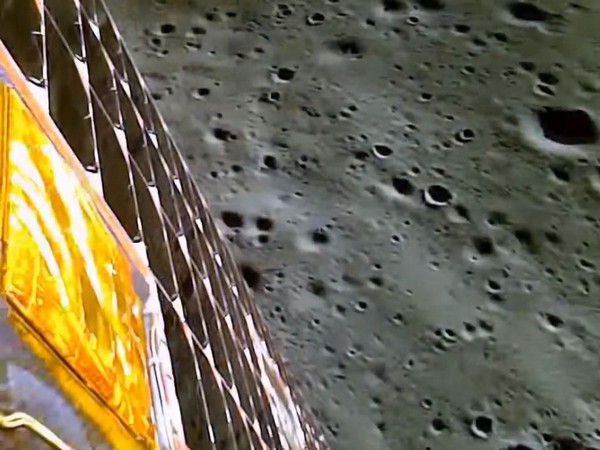The Indian Space Research organisation on Tuesday put out a 3-dimensional ‘anaglyph’ image of the Chandrayaan-3 Vikram lander from the south pole of the Moon.
This image features the left image within the red channel, and the right image within the blue and green channels, resulting in a striking cyan hue.
“The Anaglyph presented here is created using NavCam Stereo Images, which consist of both a left and right image captured onboard the Pragyan Rover,” the space agency said on X (formerly Twitter)
Anaglyph is a simple visualization of the object or terrain in three dimensions from stereo or multi-view images.
“In this 3-channel image, the left image is positioned in the red channel, while the right image is placed in the blue and green channels (creating cyan). The difference in perspective between these two images results in the stereo effect, which gives the visual impression of three dimensions. Red and cyan glasses are recommended for viewing in 3D,” ISRO stated.
Red and cyan glasses are recommended for viewing in 3D. NavCam was developed by LEOS/ISRO. Data Processing is carried out by SAC/ISRO, the space agency added.
Notably, these images were released just a day after ISRO announced that the ‘Vikram Lander’ has been set into sleep mode at around 8 am (Indian Standard Time) on Monday morning.
ISRO said that the data collected by the payloads is received at the Earth and the Payloads are now switched off. It is expected by ISRO that Vikram Lander and Pragyaan will awake again on around September 22.
On August 23, India took a giant leap as the Chandrayaan-3 lander module successfully landed on the moon’s South Pole, making it the first country to have achieved the historic feat and bringing to an end the disappointment over the crash landing of the Chandrayaan-2, four years ago. Overall, India became the fourth country – after the US, China, and Russia – to have successfully landed on the moon’s surface. (ANI)
Read More: http://13.232.95.176/


